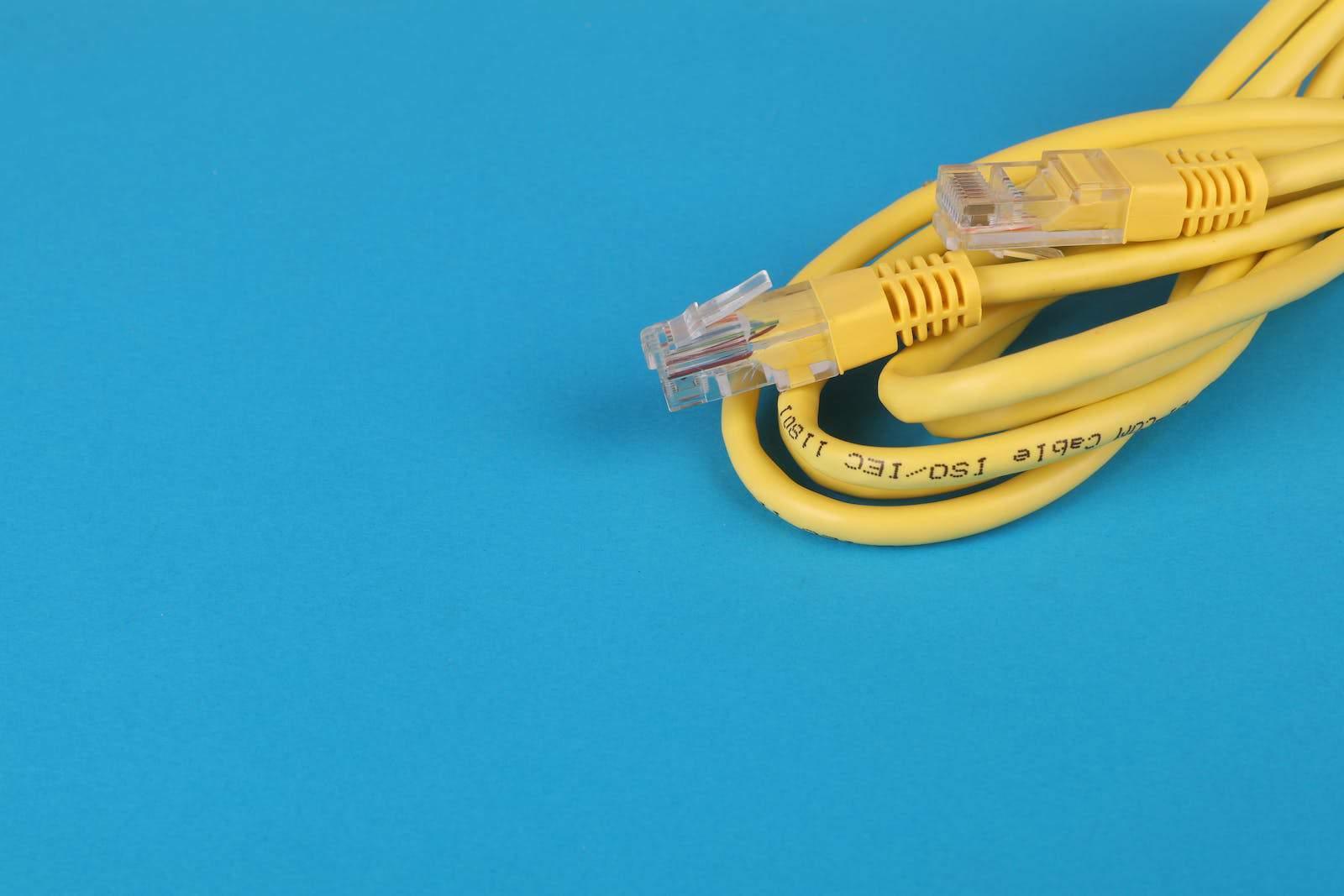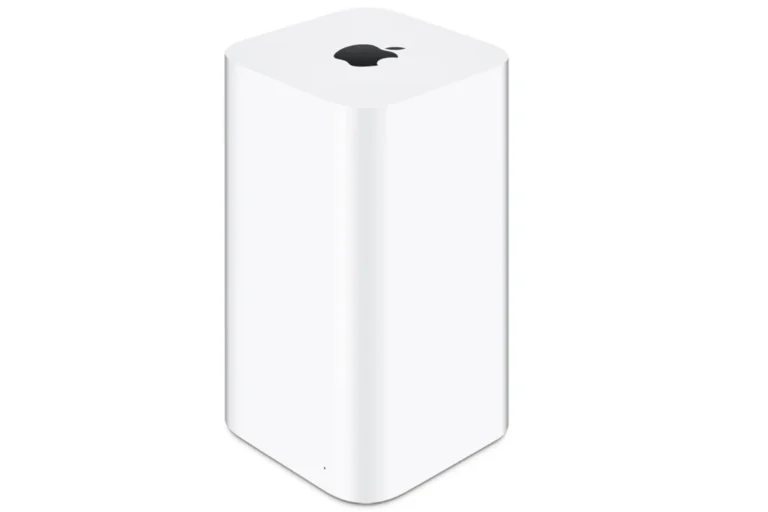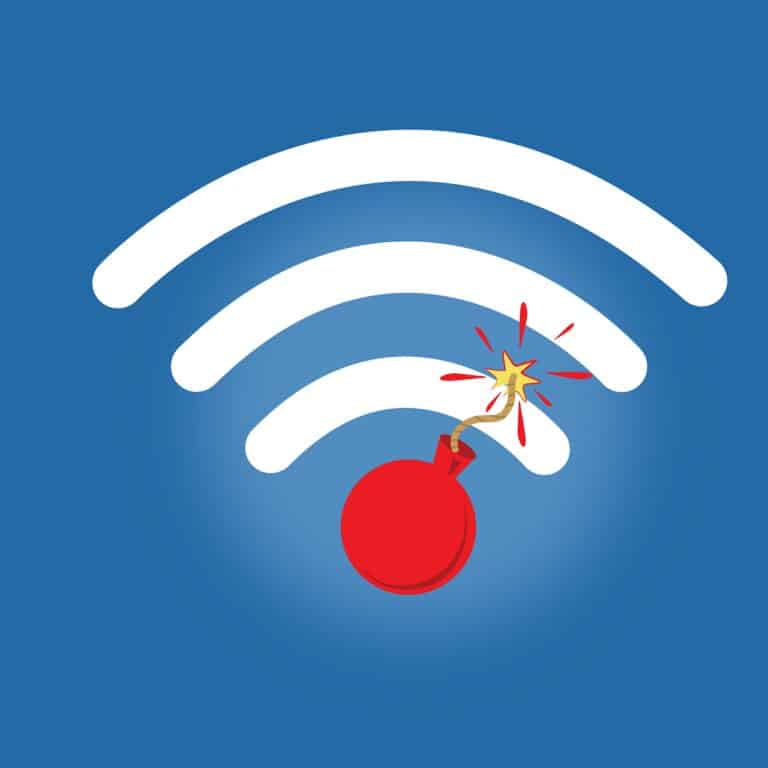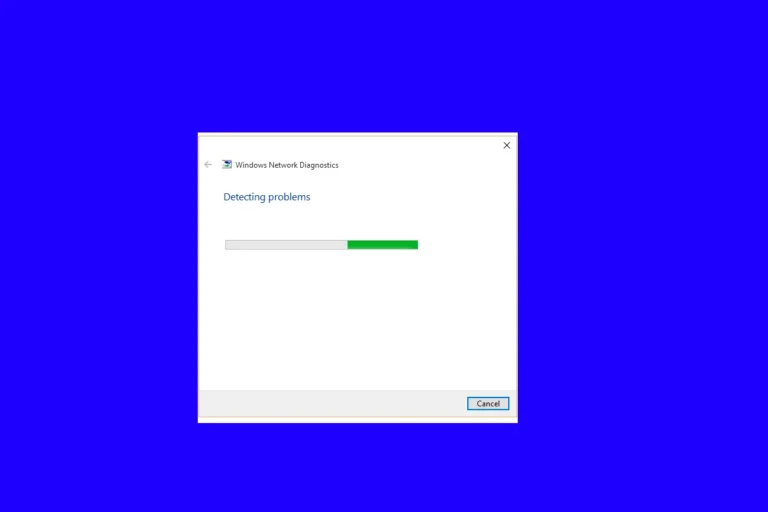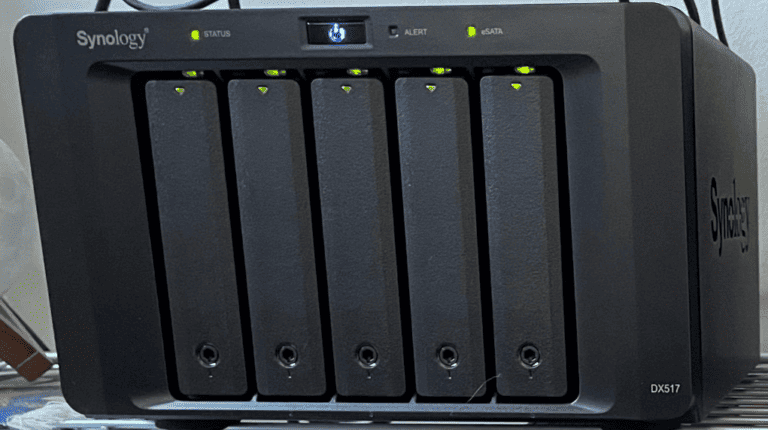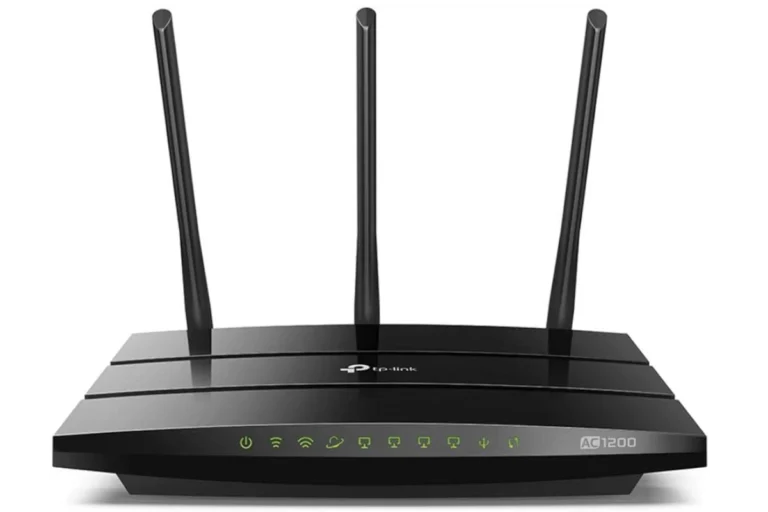Ethernet cables are the unsung heroes of our connected world, quietly and efficiently transferring data across networks. In this comprehensive exploration, we’ll unravel the complexities of Ethernet cables, focusing on their types, speeds, and the factors influencing their performance.
Ethernet Cables: Speeds and Types
Choosing the right Ethernet cable can be like navigating a jungle of acronyms and numbers. Fear not, intrepid network warriors! This table equips you with the knowledge to conquer any cabling conundrum:
| Category | Max Speed | Applications |
|---|---|---|
| Cat 5: | 100 Mbps | Basic internet browsing, email, and light online gaming. |
| Cat 5e: | 1 Gbps | Most common choice for home and office networks, supports faster internet speeds, streaming, and online gaming. |
| Cat 6: | 10 Gbps | Future-proofs your network for even faster internet speeds, ideal for bandwidth-intensive activities like 4K streaming and online gaming. |
| Cat 6a: | 10 Gbps | Similar to Cat 6, but with improved shielding and crosstalk resistance for longer cable runs (up to 30 meters). |
| Cat 7: | 10 Gbps (over short distances) | Primarily used in data centers and professional settings, offers superior shielding and protection against interference. |
| Cat 8: | 40 Gbps | Cutting-edge technology for demanding applications like high-performance gaming and data transfer, not yet widely adopted. |
Bonus Tips:
- Shielded vs. Unshielded: Shielded cables offer better protection against interference, especially for longer runs. Unshielded cables are more flexible and cost-effective for shorter distances.
- Solid vs. Stranded: Solid cables are ideal for static setups, while stranded cables are more flexible for frequent bending or movement.
- Length Matters: Choose the right cable length for your needs to avoid unnecessary clutter and signal loss.
Remember: Matching your cable to your actual internet speed and usage needs is key. Don’t get swayed by marketing hype. A Cat 5e cable is perfectly adequate for most home networks, while Cat 6 and beyond are ideal for future-proofing or bandwidth-intensive activities.
Key Takeaways:
- Ethernet cables come in various categories, each with unique speed capabilities.
- Factors like cable length, shielding, and connectors significantly impact performance.
- Choosing the right Ethernet cable involves matching it with your internet plan and specific use case.
The Evolution of Ethernet Cables
Ethernet cables have undergone significant evolution, from the early days of Cat 5 to the advanced Cat 8 cables. Each category represents a leap in performance and capabilities, catering to the growing demands of data transfer in both home and office environments.
Cat 5e and Cat 6: The Standards for Home Networking
- Cat 5e: Capable of supporting speeds up to 1 Gbps at 100 MHz.
- Cat 6: Offers speeds up to 10 Gbps in a limited range (up to 55 meters) and operates at 250 MHz.
These cables are the backbone of most home networks, providing sufficient speed and reliability for everyday internet usage.

Cat 7 and Cat 8: High-Speed Options
- Cat 7: Designed for speeds up to 10 Gbps over 100 meters with a bandwidth of 600 MHz.
- Cat 8: The latest and most advanced, supporting speeds up to 40 Gbps up to 30 meters and a bandwidth of 2 GHz.
These categories are overkill for typical home use but are ideal for data-intensive applications like server farms and data centers.
Factors Affecting Ethernet Cable Speeds
Cable Length
- Shorter cables generally provide better performance.
- Signal degradation occurs over longer distances.
Shielding
- Shielding protects against electromagnetic interference (EMI) and crosstalk.
- Cat 7 and Cat 8 cables include robust shielding, enhancing performance.
Connectors
- Gold-plated connectors offer better conductivity and corrosion resistance.
- Quality of connectors can influence the stability and speed of connections.

Choosing the Right Ethernet Cable
Matching Cable Type with Internet Plan Speed
- It’s crucial to choose a cable that matches or exceeds your internet plan’s speed.
- Using a Cat 6 cable for a 1 Gbps internet plan ensures optimal performance.
Considerations for Different Environments
- In a home environment, Cat 5e or Cat 6 cables are usually sufficient.
- For businesses or data centers, Cat 7 or Cat 8 cables might be necessary for higher speed requirements.
Installation and Maintenance
- Proper installation without sharp bends enhances cable life.
- Regular checks for damage and proper connections are essential for maintaining performance.
Real-World Applications and User Experiences
A recent discussion on Reddit highlighted a common issue users face when upgrading their Ethernet cables. The user experienced a drop in speed after attempting to replace Cat 5e and Cat 6 cables with Cat 7s. This case underscores the importance of understanding cable specifications and ensuring compatibility with existing network setups.
Common Misconceptions
- Higher category cables are not always better for home use.
- The compatibility of network devices with the cable’s specifications is crucial.
Expert Recommendations
- For most home networks, Cat 6 cables offer the best balance between performance and cost.
- It’s advisable to consult with a networking expert before upgrading your Ethernet cables.
YouTube Video Insights
For a visual understanding of Ethernet cable types and their applications, check out this informative video: Ethernet RJ45 Speeds & Cables – Everything You Need to Know.
Gadgetmates.com Insights
For more information on Ethernet cables and networking, consider reading these articles from Gadgetmates.com:
- How to Fix Ethernet Cable Not Detected by Computer or Laptop
- How to Crimp Ethernet Cable (Cat5 / Cat6 / Cat7)
Practical Tips for Ethernet Cable Usage
Optimizing Home Networks
For home networks, the choice between Cat 5e and Cat 6 often depends on the specific needs of the household. If your internet plan offers speeds up to 1 Gbps and you don’t plan on upgrading soon, Cat 5e is a cost-effective and efficient choice. However, for future-proofing or if your home is equipped with smart devices and heavy streaming habits, Cat 6 is a more suitable option.

Ethernet in Business Environments
In business environments, where data transfer and network reliability are crucial, higher category cables like Cat 7 and Cat 8 might be necessary. These cables support higher speeds and are equipped with better shielding, making them ideal for environments with a high density of networking equipment and potential interference.
Frequently Asked Questions
- What is the maximum speed of Cat 5e and Cat 6 cables?
- Cat 5e: Up to 1 Gbps
- Cat 6: Up to 10 Gbps (up to 55 meters)
- Can I use a Cat 7 cable for my home network?
- Yes, but it’s often more than what’s needed for typical home use.
- Do longer Ethernet cables affect internet speed?
- Yes, longer cables can lead to signal degradation, affecting speed.
- How does shielding in Ethernet cables improve performance?
- Shielding protects against EMI and crosstalk, enhancing data transmission quality.
- Are gold-plated connectors in Ethernet cables better?
- Yes, they offer better conductivity and resistance to corrosion.
- What should I consider when choosing an Ethernet cable for my business?
- Consider the required speed, length, and the level of interference in your environment.
- Is it worth upgrading from Cat 5e to Cat 6 for home use?
- It depends on your internet plan and future-proofing considerations.
Conclusion
Selecting the right Ethernet cable is a balance between current needs and future requirements. While Cat 5e and Cat 6 are sufficient for most home networks, higher categories like Cat 7 and Cat 8 cater to environments with more demanding data transfer needs. Remember, the effectiveness of an Ethernet cable is not just about its category but also factors like length, shielding, and connector quality. By understanding these aspects and choosing accordingly, you can significantly enhance your network’s speed and reliability. Whether for a home setup or a business network, the right Ethernet cable can make a noticeable difference in your internet experience.
For further exploration and understanding of Ethernet cables, consider watching this informative video: What Ethernet Cable to Use? Cat5? Cat6? Cat7?.

